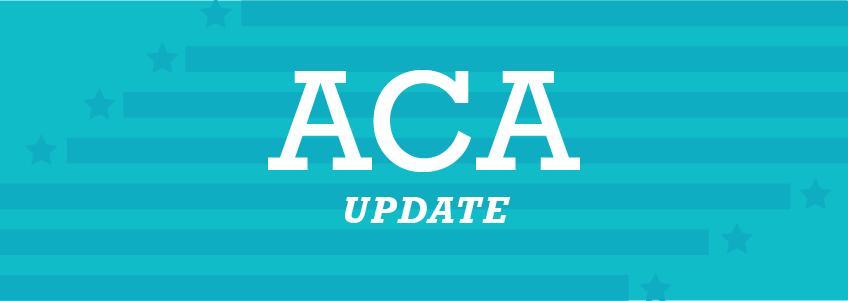On Monday, the Supreme Court agreed to hear a case that could potentially overturn the Affordable Care Act (ACA). The Supreme Court has not specified when it will hear oral arguments, but it is anticipated that they will take up the case in their next term, which begins this October and continues until next June. This means that the ACA will remain in effect for the rest of the year and a final decision in the case will be issued by June 2021 at the latest.
Didn’t the Supreme Court already find the ACA constitutional?
The Supreme Court has previously heard two challenges to the ACA and found the law to be valid both times. Specifically, in 2012, the Supreme Court upheld the constitutionality of the ACA’s individual mandate provision, which requires individuals to have healthcare or face a tax penalty. The Court found that the individual mandate was a tax and that Congress had the constitutional power to pass the mandate pursuant to their power to levy taxes.
What case is now before the Supreme Court?
After Congress reduced the individual mandate tax to $0 in 2017, opponents of the ACA (comprised of a group of states led by Texas) brought a case before a federal district court challenging the ACA. Opponents argued that the Supreme Court’s basis for the individual mandate’s constitutionality was no longer valid because the mandate was no longer a tax after Congress eliminated the mandate’s penalty and, thus, could not be an exercise of Congress’ power of taxation. Further, opponents argued that the individual mandate could not be separated or was “inseverable” from the rest law; thus, getting rid of the individual mandate would also cause the other provisions of the law to fail. In 2018, the federal district court agreed with opponents and found the ACA unconstitutional.
The case was then appealed to the 5th Circuit Court of Appeals, which issued a decision last December. The Court of Appeals agreed with the district court that the individual mandate was unconstitutional but did not decide whether that invalided the entire ACA. Instead, the 5th Circuit sent the case back to the lower district court to hear additional arguments on whether the entire law should be overturned.
For more on what has happened in the case so far, see our blog article.
Why appeal the case directly to the Supreme Court?
After the Court of Appeals decision, proponents of the ACA (comprised of a group of states led by California) asked the Supreme Court to hear the case immediately in an effort to fast-track a final decision. Proponents contended that this approach would circumvent years of further litigation that would cause uncertainty for millions of individuals who rely on healthcare coverage provided under the ACA.
Proponents have asked the Supreme Court to uphold the ACA and argue that opponents don’t even have the standing, or the right, to bring a lawsuit in the first place. Proponents argue that Congress did not intend to overturn the ACA when it reduced the individual mandate penalty because Congress could have simply passed a bill overturning the individual mandate or the ACA instead.
The Supreme Court initially denied proponents’ request to hear the case by this July. However, on Monday, the Supreme Court agreed to hear the case on its regular schedule.
What happens next?
The case will be heard in October at the earliest and a final decision will be issued by June 2021 at the latest. This means that that the ACA will remain intact for the rest of 2020 until a final decision is issued. Employers should plan on complying with the employer mandate provisions, which include offering coverage to their full-time employees and completing ACA reporting, until the middle of next year.
The information and materials on this blog are provided for informational purposes only and are not intended to constitute legal or tax advice. Information provided in this blog may not reflect the most current legal developments and may vary by jurisdiction. The content on this blog is for general informational purposes only and does not apply to any particular facts or circumstances. The use of this blog does not in any way establish an attorney-client relationship, nor should any such relationship be implied, and the contents do not constitute legal or tax advice. If you require legal or tax advice, please consult with a licensed attorney or tax professional in your jurisdiction. The contributing authors expressly disclaim all liability to any persons or entities with respect to any action or inaction based on the contents of this blog.




